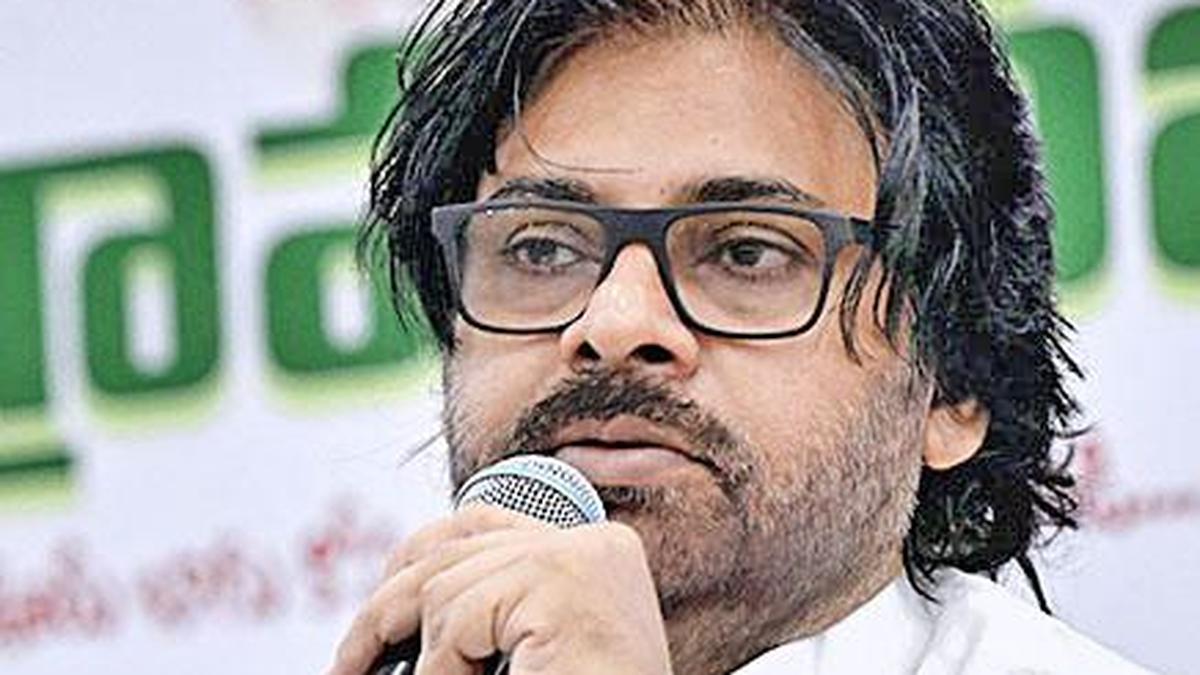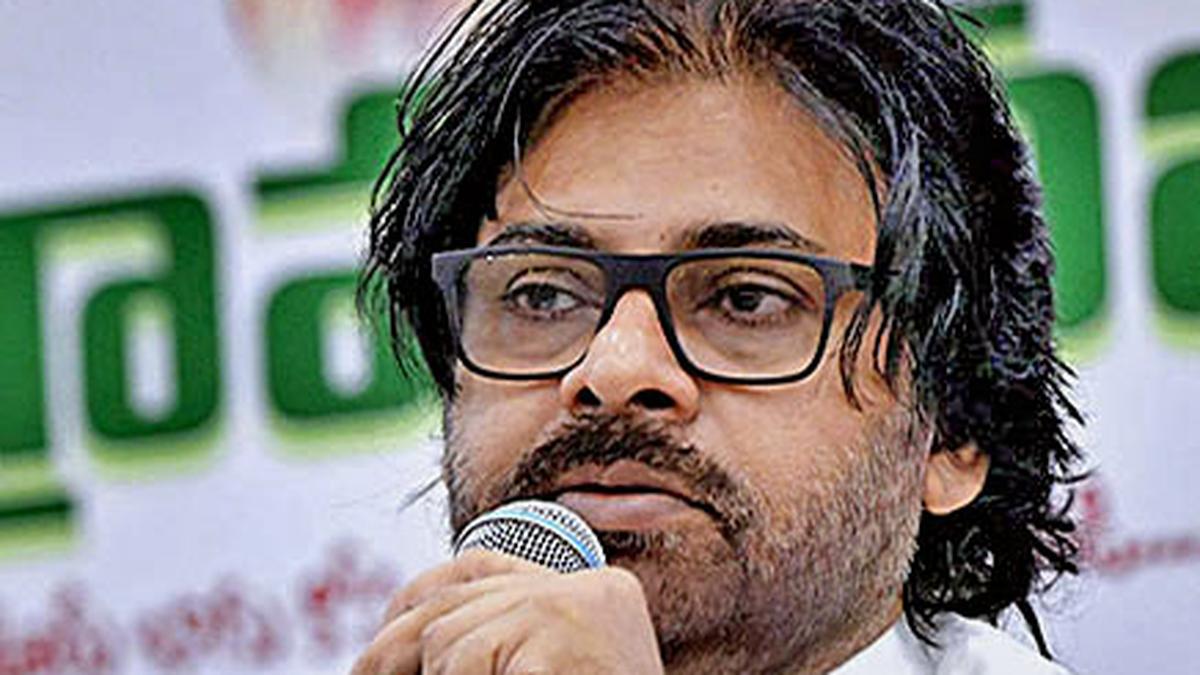In a recent announcement, Andhra Pradesh Deputy Chief Minister K. Pawan Kalyan shared his admiration for the substantial progress made by the NDA government over the past six months. Reflecting on the positive changes happening in his state, Kalyan's insights reveal a compelling story of transformation—a story that resonates with many living in rural areas who benefit from these initiatives. It’s a narrative that goes beyond politics, touching lives and rebuilding communities.
Infrastructure Development: Road to Progress
The recent announcement regarding the construction of 3,750 kilometers of cement concrete roads in Andhra Pradesh marks a significant milestone for the state. This achievement is not just a number; it symbolizes a commitment to improving the infrastructure that connects communities and drives economic growth. The National Democratic Alliance (NDA) government, under the leadership of Prime Minister Narendra Modi and Chief Minister N. Chandrababu Naidu, has taken bold steps in this direction.
Comparison with Previous Government Achievements
When we look back at the previous government, the contrast is striking. The YSR Congress Party (YSRCP) managed to construct only 1,800 kilometers of roads during their term. This raises an important question: What does this difference mean for the people of Andhra Pradesh?
- The current administration has built more than double the roads compared to its predecessor.
- This increase in road construction reflects a stronger focus on infrastructure.
- Better roads can lead to better access to markets, healthcare, and education.
As Deputy Chief Minister K. Pawan Kalyan pointed out, "Good infrastructure is the backbone of development in any region." This statement resonates deeply when considering the impact of improved roads on everyday life.
Impact on Connectivity and Economy
The construction of these roads is not just about laying concrete; it’s about enhancing connectivity. Roads play a critical role, especially in remote areas. They provide access to essential services and opportunities that many take for granted. Imagine a farmer in a rural village. Before these roads, getting produce to market could be a daunting task. Now, with easier access, farmers can sell their goods more efficiently, thus increasing their income.
Moreover, the economic implications are significant. Improved roads can lead to:
- Increased trade: Businesses can transport goods faster.
- Job creation: Construction and maintenance of roads create employment opportunities.
- Boosted tourism: Better infrastructure attracts tourists, benefiting local economies.
These factors combined can transform the economic landscape of Andhra Pradesh. The government’s investment in infrastructure is a step towards a brighter future for many communities.
Community Stories of Improved Access
It’s essential to connect these developments with real-life stories. For instance, take the village of Kothapalli. Residents there have seen firsthand how new roads have changed their lives. Before the construction, reaching the nearest town was a lengthy and often perilous journey. Now, it takes just a fraction of the time.
Children can attend school more regularly, and families can access healthcare services without the worry of long travel times. This is not just about roads; it’s about building a better quality of life.
As the NDA government continues to focus on infrastructure, the community's response will be crucial. Will they see the benefits? Will these roads lead to tangible improvements in their daily lives? The answers to these questions will shape the narrative of progress in Andhra Pradesh.
In conclusion, the construction of 3,750 kilometers of cement roads stands as a testament to the NDA government's commitment to infrastructure development. It is a bold step towards enhancing connectivity and fostering economic growth. As the people of Andhra Pradesh experience these changes, one thing is clear: the road to progress is being paved, quite literally, beneath their feet.
Uplifting the Marginalized: Focus on PVTGs
The government has made a significant move to support Particularly Vulnerable Tribal Groups (PVTGs) by allocating a whopping ₹750 crore. This is a remarkable increase compared to the previous allocation of just ₹91 crore. What does this mean for these marginalized communities? It signifies a commitment to uplift those who have been left behind.
Investment Breakdown
- ₹750 crore allocated for PVTGs
- Previous allocation was only ₹91 crore
This increase in funding is not just a number; it represents real change. The funds are intended for various initiatives aimed at improving the living standards of tribal communities. These initiatives include better infrastructure, healthcare, and education facilities. But how exactly will this investment transform lives?
Building a Better Future
One of the key areas of focus is the construction of community facilities. These facilities are vital for providing essential services to PVTGs. They aim to enhance the quality of life by offering access to clean water, healthcare, and educational resources. The government’s commitment to these communities is clear.
As Andhra Pradesh Deputy Chief Minister K. Pawan Kalyan stated,
"We must never forget our duty to uplift those who have been left behind."This quote encapsulates the essence of the government's efforts.
Community Leaders Speak Out
Tribal leaders have shared testimonies regarding the improvements in their communities. They express optimism about the future, thanks to the increased funding. Many leaders highlight how these funds have enabled them to build better homes and access essential services.
For example, one leader mentioned, "We can now afford basic healthcare for our children." This is a sentiment echoed by many, who feel that the government's support is finally making a difference.
Comparing Past and Present
When we compare the current allocation of ₹750 crore to the previous ₹91 crore, the contrast is stark. The previous funding was insufficient to address the needs of PVTGs. It was merely a drop in the ocean. Now, with a substantial budget, the government is taking serious steps to ensure these communities are not overlooked.
But what does this mean in practical terms? It means more resources for schools, better healthcare facilities, and improved infrastructure. All of these contribute to a better quality of life. As the government focuses on community development, the PVTGs are starting to see the benefits.
Future Initiatives
The government plans to continue its initiatives aimed at improving living standards. This includes:
- Construction of more community facilities
- Improvement of healthcare services
- Enhancement of educational opportunities
These initiatives are not just about spending money. They are about creating a sustainable future for PVTGs. The goal is to empower these communities, allowing them to thrive rather than merely survive.
As the government ramps up its efforts, it is essential to keep track of the progress being made. How are these funds being utilized? Are the communities seeing real change? These are questions that need to be answered as the initiatives unfold.
In conclusion, the allocation of ₹750 crore for PVTGs is a step in the right direction. It highlights a growing recognition of the need to support marginalized communities. The focus on improving living standards through various initiatives is commendable. The journey ahead will be crucial for the upliftment of PVTGs in Andhra Pradesh.
Empowering Rural Livelihoods: Dairy Development Initiatives
The recent establishment of 22,500 Mini Gokulams marks a significant milestone in the realm of rural development. These small-scale dairy units are not just numbers; they represent a lifeline for many families. In comparison, only 268 units were set up previously between 2019 and 2024. This vast increase reflects a strong commitment to enhancing agricultural practices and empowering rural communities.
Impact on Rural Economies
So, what does this mean for rural economies? The impact is profound. The establishment of these Mini Gokulams is expected to create numerous job opportunities. Dairy farming can be a catalyst for economic growth in rural areas. It provides a steady source of income for families who often struggle to make ends meet.
By supporting dairy farming, the government is not just promoting agriculture; they are fostering food security. With more dairy units, there will be an increase in milk production, which is essential for nutrition. This initiative can help families move from a state of uncertainty to one of stability.
Personal Stories from Farmers
Consider the story of a farmer named Ramesh. He lives in a small village where opportunities are scarce. With the establishment of a Mini Gokulam nearby, Ramesh was able to invest in dairy farming. Now, he produces milk daily, which he sells in the local market. His income has doubled, and he can now afford better education for his children. Ramesh's story is just one of many. These personal accounts highlight the transformative power of dairy farming.
Another farmer, Lakshmi, shared her journey. She started with just two cows, but with the support of the Mini Gokulam initiative, she expanded her herd. Today, she employs local youth to help with her farm. Lakshmi's success story is a testament to how dairy development initiatives can uplift entire communities.
Government Initiatives and Support
The government’s focus on dairy farming is part of a larger strategy to improve rural livelihoods. The increase in dairy units is not merely about numbers; it’s about empowerment. The initiative aims to provide farmers with the tools and resources they need to thrive. With proper training and support, farmers can learn better practices, leading to higher yields and better quality milk.
As the Deputy Chief Minister K. Pawan Kalyan noted, “Dairy farming has the potential to transform the lives of rural families.” This sentiment resonates with many who have experienced the benefits firsthand. The government's efforts are paving the way for a brighter future for rural communities.
Conclusion
In conclusion, the establishment of 22,500 Mini Gokulams is a monumental step towards empowering rural livelihoods. This initiative not only promotes dairy farming but also enhances food security and creates job opportunities. By comparing the current efforts to previous setups, it becomes clear that substantial progress is being made. The personal stories of farmers like Ramesh and Lakshmi illustrate the real-life impact of these developments. The government’s commitment to improving agricultural practices is commendable and essential for the growth of rural economies. As these initiatives continue, they will undoubtedly transform the landscape of rural life in Andhra Pradesh, fostering a community where families can thrive.
TL;DR: The Andhra Pradesh Deputy Chief Minister praises the NDA government's significant achievements in infrastructure, community support for marginalized tribes, and dairy development in just six months, marking a pivotal shift in governance.



